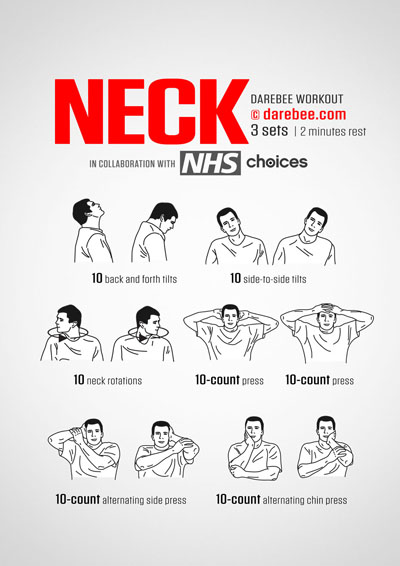


ResultsĪ rectilinear model had the best fit for AN while positively oriented quadratic models had the best fit for UPN and LPN, with mean adjusted conditional coefficients of determination and root mean square errors of 0.97–0.98 and 4–5%, respectively. Finally, the reliability of participants’ fitted regression lines was quantified by an intraclass correlation coefficient (ICC) and the standard error of measurement (SEM).

Overall fitted lines’ between-trial discrepancies were evaluated. EMG-force relationships were modeled with general linear mixed-effects regression. MethodsĮMG and force data were sampled from 18 participants conducting randomly ordered muscle contractions at 5–90% of maximal voluntary force during three trials over 2 days. Hence, this study examined the relationship between EMG and isometric force amplitude of the anterior neck (AN), the upper posterior neck (UPN), and the lower posterior neck (LPN) and then assessed the relationships’ test-retest reliability across force-percentiles within and between days. Accurate estimation requires that the EMG-force relationship is known and that its measurement error is quantified. Susceptible to injury, the neck is subject to scientific investigations, frequently aiming to elucidate possible injury mechanisms via surface electromyography (EMG) by indirectly estimating cervical loads.


 0 kommentar(er)
0 kommentar(er)
